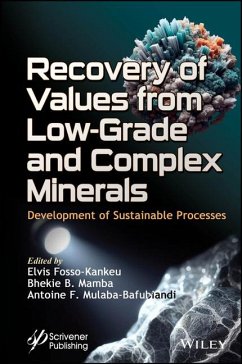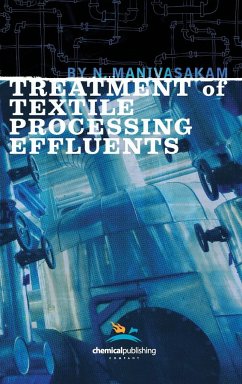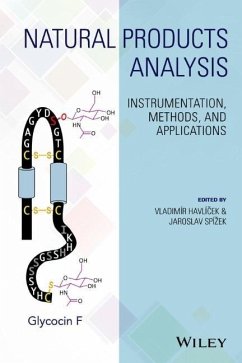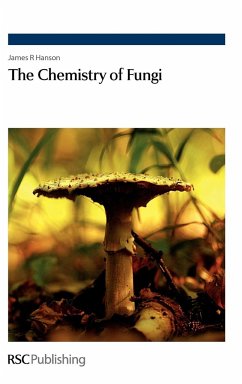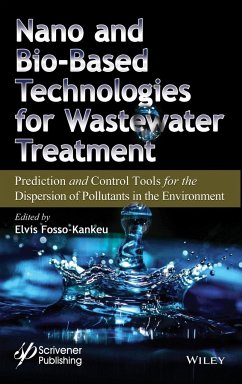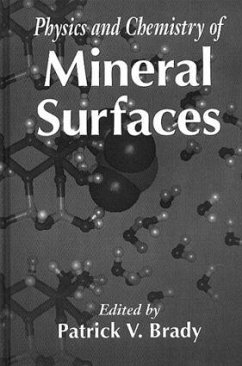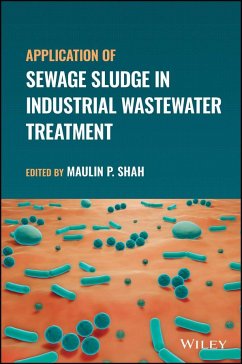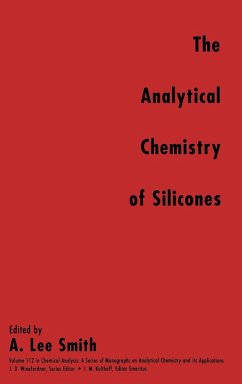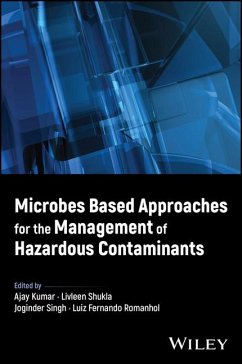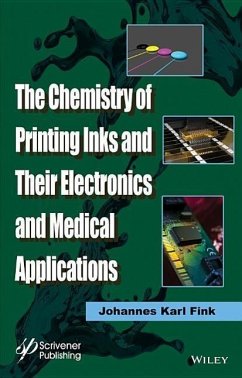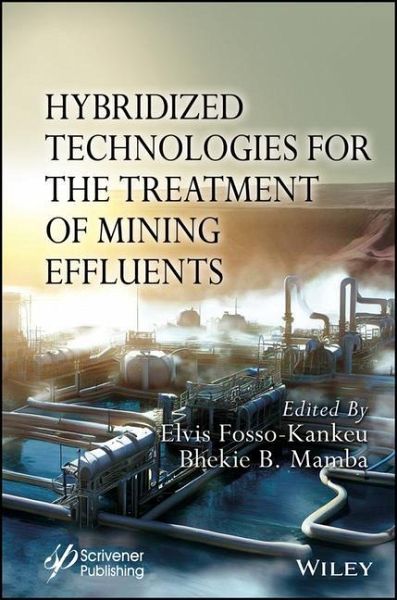
Hybridized Technologies for the Treatment of Mining Effluents
Versandkostenfrei!
Versandfertig in über 4 Wochen
172,99 €
inkl. MwSt.
Weitere Ausgaben:

PAYBACK Punkte
86 °P sammeln!
The main goal of this book is to review the principles, development, and performances of hybridized technologies that have been used for the treatment of mine effluents. Recent developments consist of the integration/hybridization of technologies to achieve the effective removal of pollutants from acid mine drainage (AMD) effluents in a stepwise manner such as to ensure that the cost of the process is minimized, and the resulting water is fit for purpose. This book presents eight specialized chapters that provide a state-of-the-art review of the different hybridized technologies that have been...
The main goal of this book is to review the principles, development, and performances of hybridized technologies that have been used for the treatment of mine effluents. Recent developments consist of the integration/hybridization of technologies to achieve the effective removal of pollutants from acid mine drainage (AMD) effluents in a stepwise manner such as to ensure that the cost of the process is minimized, and the resulting water is fit for purpose. This book presents eight specialized chapters that provide a state-of-the-art review of the different hybridized technologies that have been developed over the years for the treatment of mine effluent, including AMD. The successful implementation and challenges of these technologies are highlighted to give the reader a perspective on the management of such waste in the mining industry. In this innovative book, readers will be introduced to * The limitations of passive and active treatment processes as stand-alone technologies while appraising the functioning and performances of these technologies when combined to address their challenges; * The numerous approaches that have been considered over the years for effective combination of these technologies are explored taking into account their successful implementation at large scale as well as the long-term sustainability. Audience This book will be of interest to academic researchers from the fields of environment, chemistry, engineering, mineral processing, hydrometallurgy, geochemistry, and professionals including mining plant operators, environmental managers in the industries, water treatment plants managers and operators, water authorities, government regulatory bodies officers and environmentalists.




